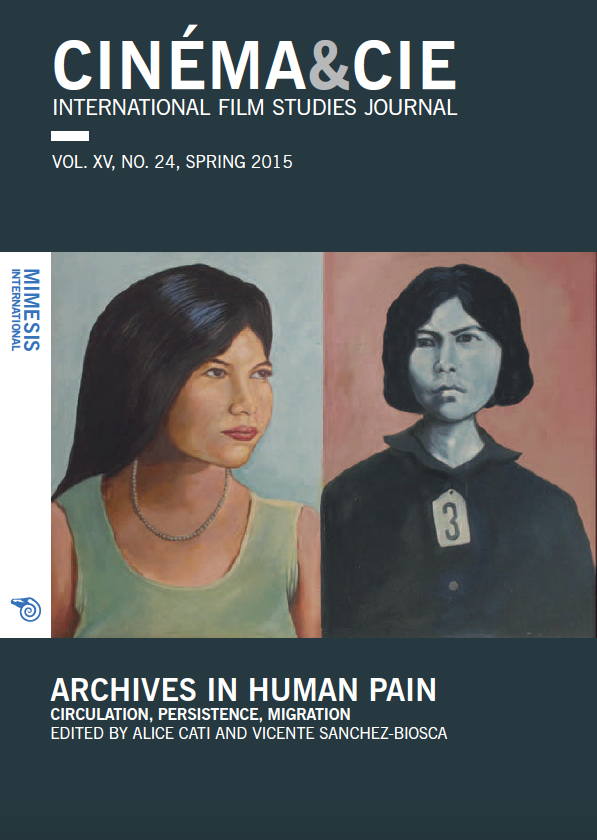Preserving Memory or Fabricating the Past?How Films Constitute Cinematic Archives of the Holocaust
Abstract
The article discusses the filmic representation of the Holocaust within the framework of the archive. To what extent adopt films archival techniques and operations or constitute something like ‘cinematic archives’ of the Holocaust? Films can assemble footage from the archive and bring it in a specific order but they can also use it as model for cinematic recreations. Thus, the preservation of visual and non-visual traces in feature films is always transformative and sometimes even distorting. By repeating and circulating ‘images of images’ such films turn visual heritage into a pattern of visual icons and create a stock of usable imagery, which in reverse also leaves other memories and remnants to forgetting. Such technique of repetition is also the basis for the transtextual character of cinematic archives, which also interconnects the storage (the assembling of images) with the register (the references towards earlier cinematic representations). To describe the logic, operations and the impact of cinematic archives of the Holocaust the article reviews such films as Schindler’s List, X-Men, The Pianist and Everything Is Illuminated, and discusses theoretical approaches by Gérard Genette and Jacques Derrida.






